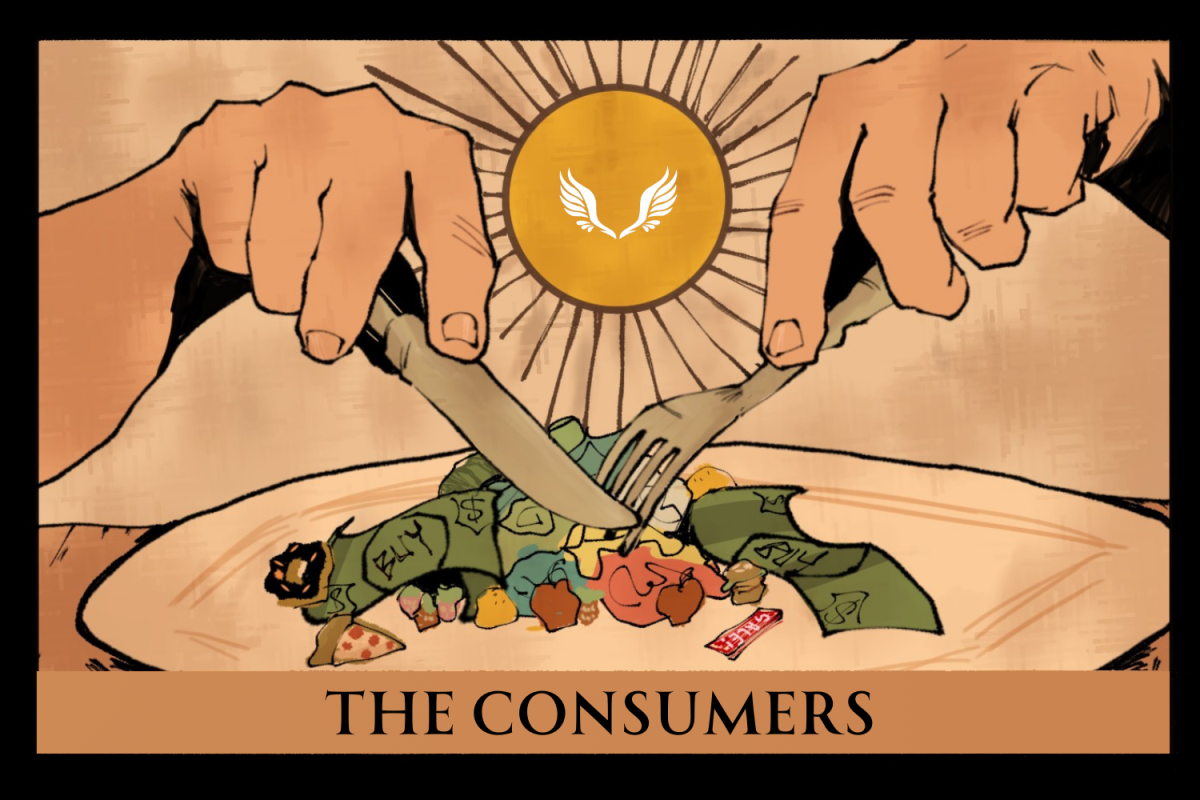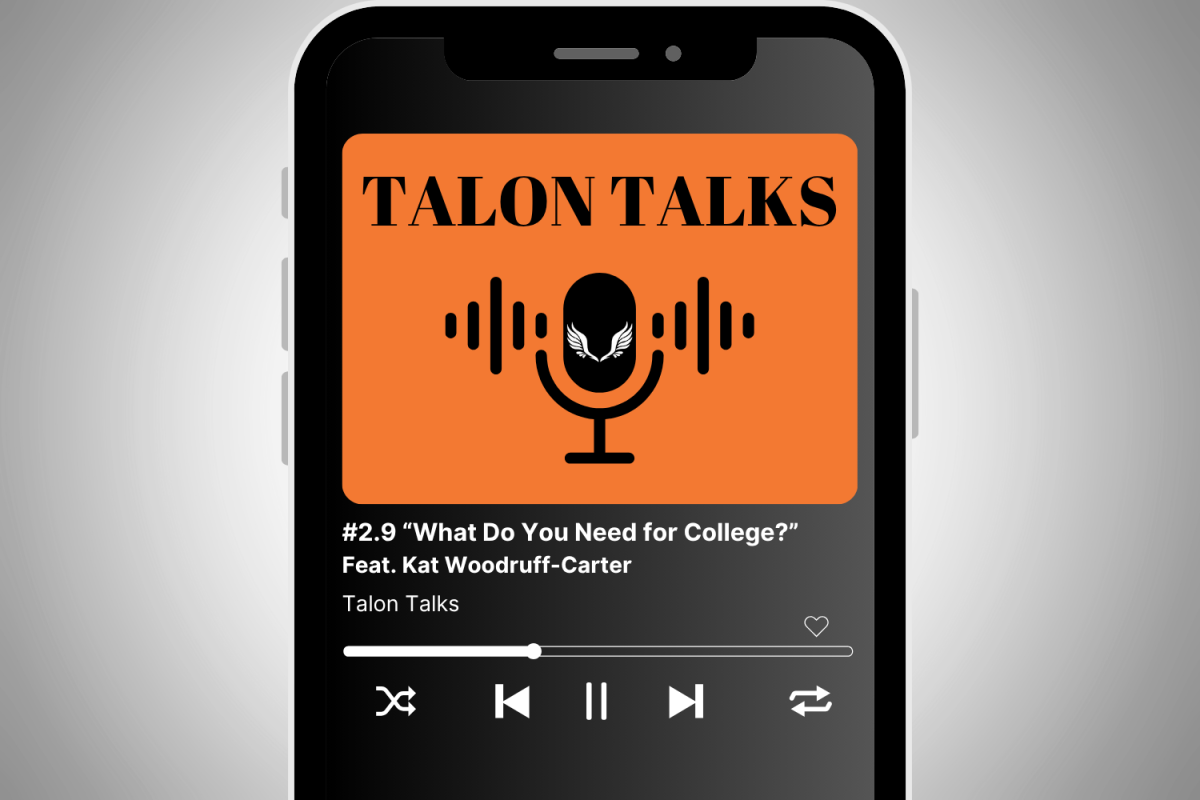Every year, millions of students enter a classroom, their No. 2 pencils sharpened. Ready to spend 180 minutes filling in a sea of bubbles, their hopes of getting into elite colleges relying on the results. The stress-filled hours that follow could change the course of the rest of their lives. But this isn’t anything new. The earliest recorded standardized test dates back to Ancient China, the essay formatted test was administered for job applications. In the United States, the first standardized tests date back to the early 1800s. However, standardized tests as we know today are largely from the 20th century and were boosted by former president George W. Bush’s No Child Left Behind Act’ in 2002. While it was later replaced with the ‘Every Student Succeeds Act’ which reduced the testing standards, standardized testing remains.
Now, almost two centuries after the first standardized tests were administered in the U.S., American children sit down to test the skills they learned at the end of each year. The SAT and ACT, both important for college admission, being some of the most famous. While tests with bubble sheets and No. 2 pencils are slowly being replaced by technology, the content has been a constant. This is with the exception of 2020 and the COVID-19 pandemic. With many states not requiring exams, critics have been quick to call into question the utility of standardized testing. So do standardized tests help students or hurt them?
The Pros and Cons
An Objective Measurement
Standardized testing provides schools and students with objective data on the information students know or don’t know. Because these tests are administered across the state and in some cases the entire country, every student is tested the same way. This eliminates the chance of one test being easier for one group of students and harder for another. An objective measurement based on tests can also be looked at by schools to see what they need to improve on and what they are succeeding in.
On the other hand, calling standardized tests an objective measurement of a student’s skill can be outright wrong. Unlike tests, student’s lives are not standardized. No matter how hard a teacher tries to prepare students for these tests, everyone’s lives are too different. Stress, energy, hunger, and even previous teachers can dictate how well a student does on these tests. It is not fair to students who freeze under time constraints or face difficulties in their personal lives to be judged on how well they do on such a test.
Impacts On Confidence
I am sure I am not the only one who has anxiously awaited exam scores on a test I studied for and stressed over, only to find that I got less than favorable results. This can impact the confidence of students, especially those like me who panic when the clock starts ticking. Just because you aren’t a good test taker, does not mean you are a poor student. Students may perform exceptionally in class but fail on a test. When a test is taken once a year is worth a large percentage of your grade, it is easy to become discouraged.
Future Success
Some advocates of tests such as the SAT and ACT argue that such tests promote rigor among students. While these tests are not always the deciding factor in college admissions, it is a factor that is taken into great consideration. Studies have shown that those who score higher on tests often earn more later in life. However, it is to be noted that correlation does not always mean causation.
In contrast to the argument that test scores indicate the likelihood of success outside of school, some say that there is little to no correlation. Most standardized tests only test math, science, and English, other important skills are left out. Problem-solving and critical thinking is not emphasized in multiple-choice tests. And creative processes including the arts are omitted. Studies have also shown that GPA is a greater indicator of success than SAT and ACT scores. After all, maintaining a good GPA requires responsible behavior.
Conclusion
Standardized tests have been an important part of many student’s school experiences and likely will continue to be. But the widespread ‘teaching to the test’ mindset in many classrooms across the United States will not help students in the future. Just because you can ace a test by bubbling in A, B, C or D, does not mean you are prepared for life outside of the classroom. And just because your strengths are not in math or English does not mean you aren’t prepared for life. There are benefits to the system. Impartial data from around the state and quicker grading with multiple-choice. But the future is not full of 180-minute time limits. The future is not oceans of multiple-choice questions. The future is not standardized.































































Cheyenne • Feb 24, 2021 at 2:25 pm
My folks have been saying the same thing for a while. With the exception of the CTE classes, most of the stuff taught (for tests) doesn’t seem to get used much outside of school.